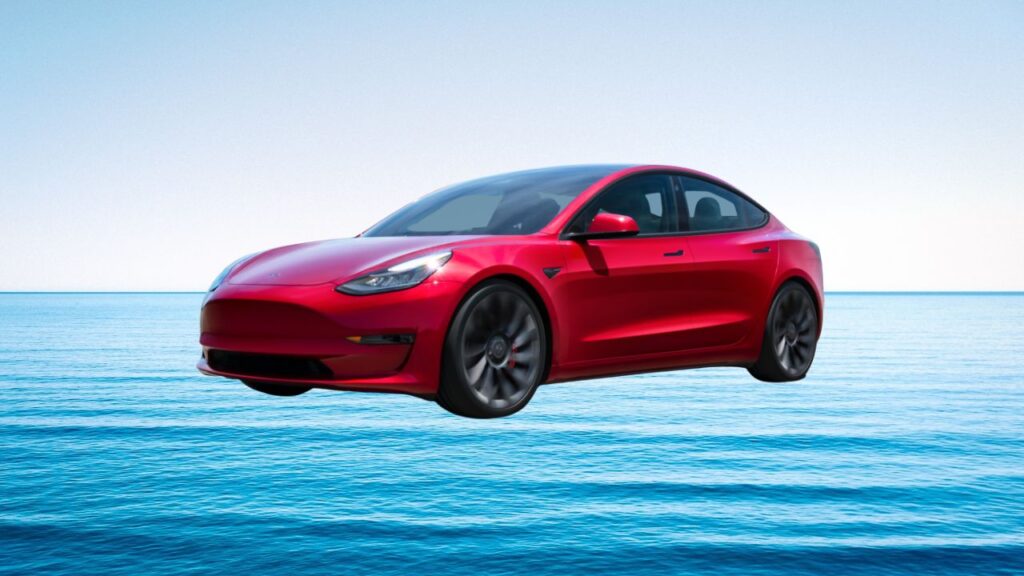A long, long time ago, Ford created a blue ocean in the auto industry by reconstructing the boundaries between cars and horse-drawn wagons. The Blue Ocean Strategy is about creating a new uncontested market space that didn’t exist, essentially making competition irrelevant. Tesla created a blue ocean by designing battery-charged cars.
Rivals Begin to Flex their Marketing Muscles
As competition heats-up, it is likely that Tesla’s market share will drop as established brands such as Audi, Mercedes, Volvo, BMW, Ford, GM, and others, flex their marketing muscles. The key for Tesla will be to maintain its first mover advantage through innovation, marketing, branding and customer experience to continue to differentiate itself from competitors and sustain its market position.
Over time, will Tesla fall into the red ocean?
While Tesla has had great success in creating and dominating a new market, it is clear that the company will face increasing difficulties in maintaining its “blue ocean” strategy as the competition in the electric vehicle market intensifies. The company will need to adapt and evolve in order to stay ahead of the curve. One such area is marketing. Tesla’s failure to market its brand is not a winning scenario.
The electric vehicle market continues to grow and mature.
But as more and more major players enter the EV market, some are wondering if Tesla’s days of unchallenged leadership are numbered. Elon Musk’s branding and public persona have been a crucial part of Tesla’s success, but as the company continues to grow, it’s becoming increasingly clear that this association could be a liability.
Marketing Magic Needed
In the sea of EV competitors, without differentiating themselves and building a strong brand, Tesla may struggle against its rivals and see their “blue ocean” turn into a “red ocean” of fierce competition.
Note: Blue Ocean Strategy is a book published in 2004 written by W. Chan Kim and Renee Mauborgne, professors at INSEAD, and the name of the marketing theory detailed in the book. (Wikipedia).













